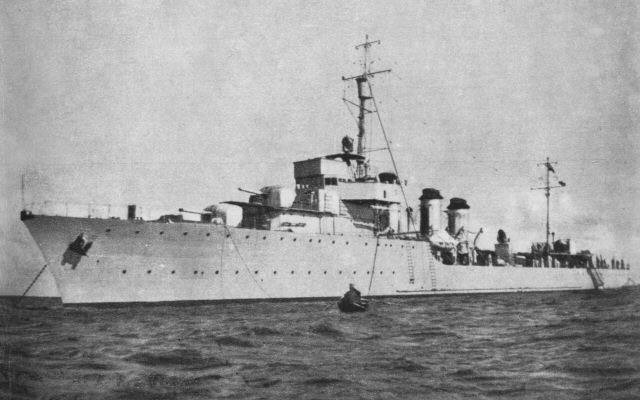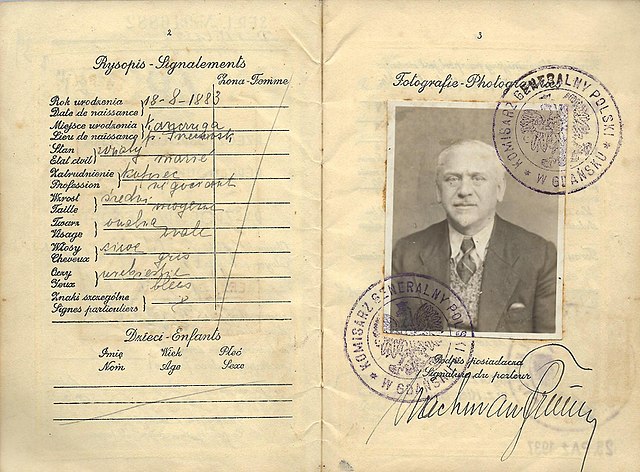The Danzig crisis of 1932 was an incident between the Free City of Danzig and Poland concerning whether the Polish government had the right to station warships in Danzig harbour, together with Poland's claim to represent Danzig with foreign powers. The incident was sparked on 14 June 1932 when a squadron of British destroyers visited Danzig and was greeted by the Polish destroyer Wicher which had entered Danzig harbour without the permission of the Senate of the Free City. The incident led to the Danzig authorities reluctantly ceding the right of Poland to station its warships in Danzig, the renewal of the agreement governing Polish rights in the Free City and within Poland a shift towards navalism.
The Polish destroyer Wicher
HMS Campbell in 1942. In 1932, the visit of the Campbell to Danzig was the immediate cause of the crisis.
The Wicher
The Free City of Danzig was a city-state under the protection and oversight of the League of Nations between 1920 and 1939, consisting of the Baltic Sea port of Danzig and nearly 200 other small localities in the surrounding areas. The polity was created on 15 November 1920 in accordance with the terms of Article 100 of the 1919 Treaty of Versailles after the end of World War I.
Danzig (purple) with parts of Germany (pink) and Poland (green)
1,000 Danzig gulden (1924) depicting City Hall
Passport of the Free City of Danzig
Polish passport issued at Danzig by the "Polish Commission for Gdańsk" in 1935 and extended again in 1937, before the holder immigrated to British Palestine the following year






